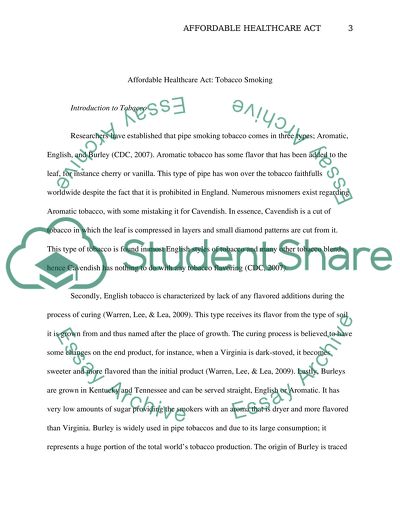Cite this document
(“Affordable healthcare:tobacco smoking Research Paper”, n.d.)
Affordable healthcare:tobacco smoking Research Paper. Retrieved from https://studentshare.org/nursing/1401468-affordable-healthcaretobacco-smoking
Affordable healthcare:tobacco smoking Research Paper. Retrieved from https://studentshare.org/nursing/1401468-affordable-healthcaretobacco-smoking
(Affordable healthcare:Tobacco Smoking Research Paper)
Affordable healthcare:Tobacco Smoking Research Paper. https://studentshare.org/nursing/1401468-affordable-healthcaretobacco-smoking.
Affordable healthcare:Tobacco Smoking Research Paper. https://studentshare.org/nursing/1401468-affordable-healthcaretobacco-smoking.
“Affordable healthcare:Tobacco Smoking Research Paper”, n.d. https://studentshare.org/nursing/1401468-affordable-healthcaretobacco-smoking.


